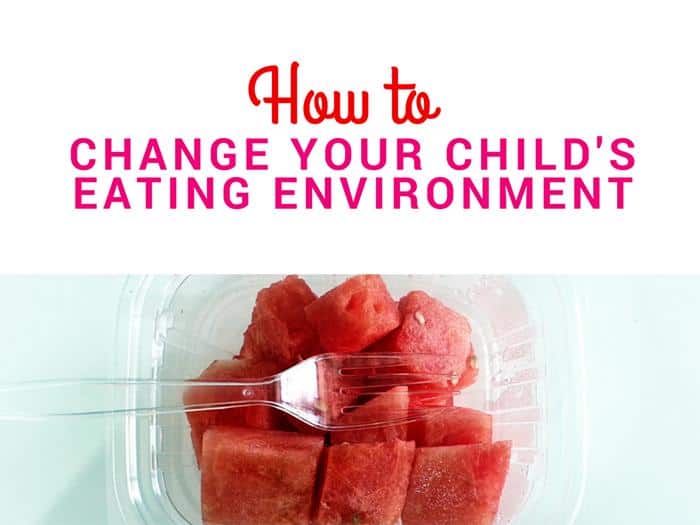
Getting your teen to eat healthier isn’t a simple task, particularly if this is the first time that you’re attempting to incorporate better food choices into your child’s diet. Nonetheless, it is a worthy challenge that you’ll appreciate tackling once you achieve some measure of success. As your child begins to eat more healthily, her overall well-being will improve.

Once your child reaches teenagerhood, you can no longer get away with saying, “Because I said so!” (Most likely you haven’t been able to use that line for a long time.) One of the easiest ways to encourage your child to make wiser eating choices is to set a good example. Make sure that you’re selecting the healthiest choices for yourself, particularly when your teenager is present.

Teenagers need their independence, so it’s always a good idea to get them involved. The United States Department of Agriculture provides a wealth of helpful tips and educational facts on their website, along with lots of interactive activities. Younger teens, in particular, will appreciate having something fun to read rather than simply listening to their parents insist that they choose an apple over a bag of chips.

A kitchen filled with healthy options is more tempting than a kitchen with just apples and oranges available to stave off hunger pangs. Include a wide variety of fresh fruits and vegetables that can be eaten raw, as well as snacks like cheese, whole wheat crackers, hummus, dried fruit, cottage cheese, and nuts.
Eliminating the preparation stage can go a long way to encouraging your teen to eat foods that provide nutritious options. Veggies like celery, carrots, sweet peppers, snap pears, and cucumbers are all easy to buy, prepare, and eat.
Teenagers also need calcium to keep their bones and teeth strong, so make sure that you have plenty of milk in the fridge. Other foods that contain calcium include yogurt, cheese, fortified orange juice, enriched waffles, fortified cereals, canned fish, enriched breads, and dark green leafy vegetables (kale, spinach, and collard greens).

Although you don’t want to restrict your teenager’s access to the kitchen too severely, it might be a good idea to “close: the kitchen at a certain time most nights. If you’re consistent in the closing time, it will be easier for your teen to adhere to the new rule. Two things that you might have to watch out for are smuggling after hours and stocking up on snacks just before closing time!

If you’re having difficulty getting your teenager to make the switch to healthier eating, offer a reward. Together, the two of you can create a goal and a reward. Once the goal is reached, your child earns the reward. You’ll want to keep the reward simple and small, particularly because you won’t want to turn the goal/reward scenario into a permanent one. The idea is to get your child to realize the value of eating a healthier diet so that these changes become more permanent.

